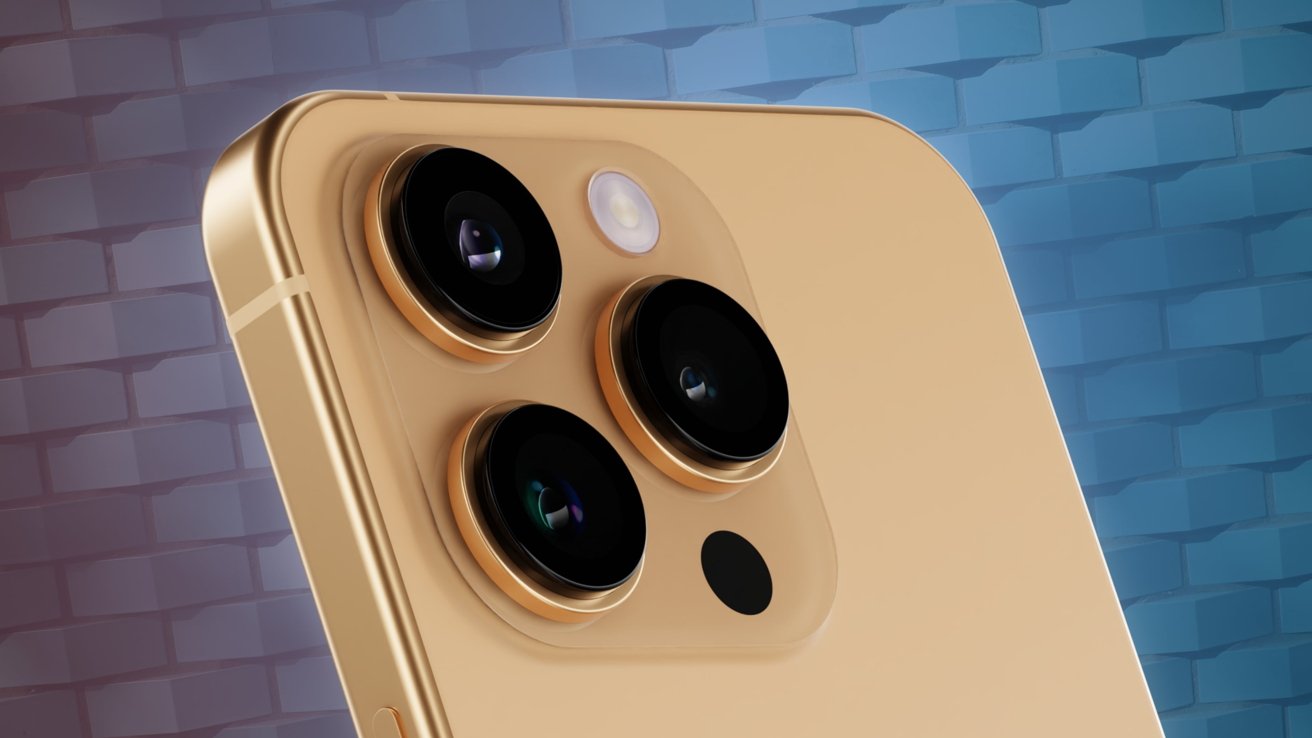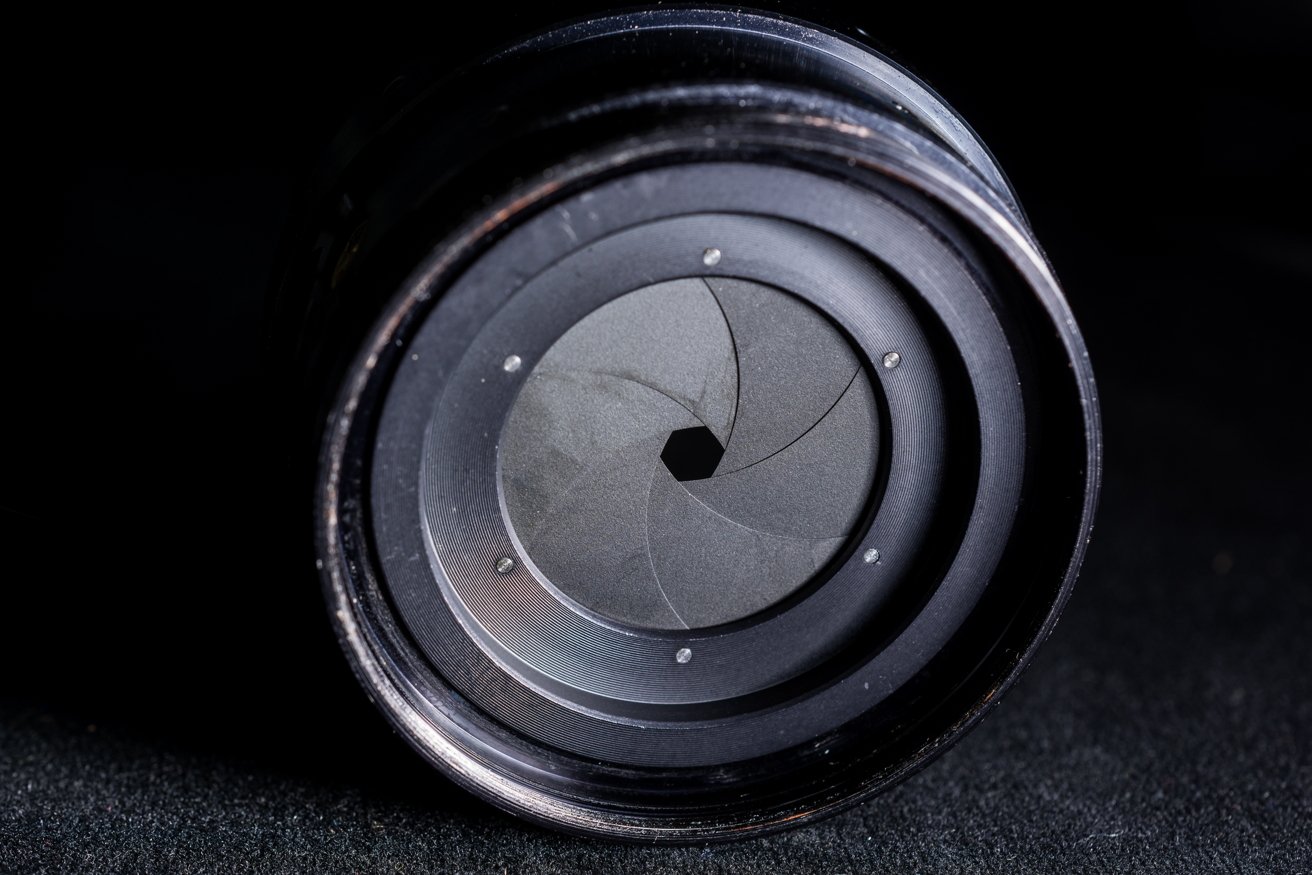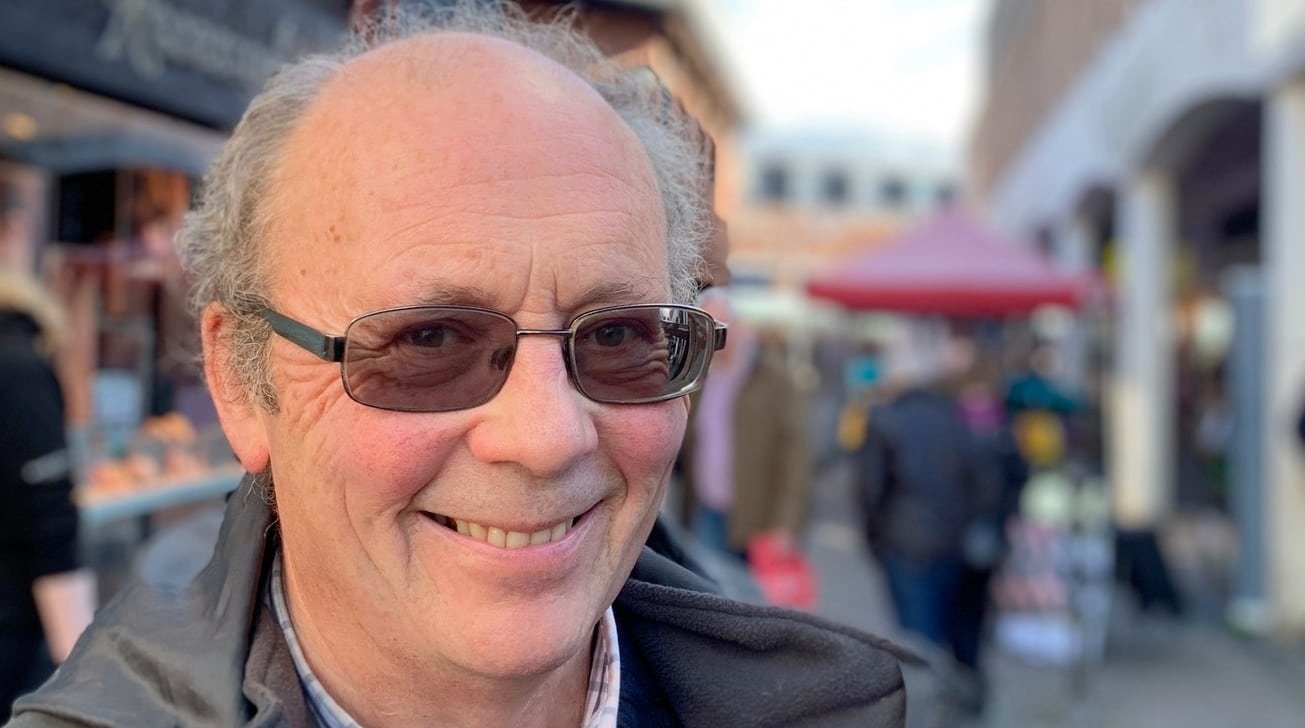iPhone 17 cameras may get variable aperture for better bokeh
The iPhone 17 could offer a big boost to photographers, by including a variable aperture that gives more control over the blurriness of an image.

A render of the iPhone 16 Pro's camera bump
Standalone cameras, such as DSLRs and mirrorless cameras, offer a few ways to fine-tune the image beyond the standard capabilities of a smartphone camera. The gap in adjustable elements may shrink more when it comes to the iPhone 17.
According to sources of The Information, Apple is planning to include adjustable apertures on the cameras of at least one model of the iPhone 17 range. To serious photographers, this could be a major change to how they use the iPhone.
Apertures refer to the small hole that light passes through to the sensor of a camera. This is usually managed on a dedicated camera by a series of blades that form a circle, with the gap made larger or smaller depending on the photographer's needs.

An example of the shutter blades controlling aperture [Pixabay/Josch13]
This is typically not an option on most smartphones, which generally use a fixed aperture. For example, the iPhone 15 Pro uses f/1.78 apertures for its Main and Telephoto sensors, and f/2.2 on the Ultra Wide.
There are rare exceptions, such as the Xiaomi 14 Plus, which offers a variable aperture ranging from f/1.42 to f/4.0.
Aperture plays an important part in photography, as it dictates how much light can pass through to the sensor during an exposure. Changing the aperture can increase or decrease the amount of light that makes it to the sensor.
This also impacts how much of an image is in focus, the depth of focus, with low aperture values meaning a smaller focal range away from the camera itself will be in focus, with the rest blurred. This is especially desirable for portrait photography as the creamy blurry background known as bokeh.

An early example of computational bokeh on an iPhone XR
The iPhone can perform a bokeh portrait effect, but it is handled via computational photography rather than as an in-camera change. Namely it is faked in software instead of performed in hardware.
Given Apple's previous tendency to introduce photographic changes in its Pro models before bringing them to the standard editions, it's plausible that the iPhone 17 Pro and Pro Max will gain the variable aperture at first.
Rumor Score: Possible
Read on AppleInsider

Comments
The ability to reduce the aperture would minimise even further the 'creamy bokeh' effect, which is already all but non-existent on tiny phone lenses/sensors anyway.
The only possible benefit would be a very small potential increase in image quality on a sunny day when you *didn't* want to have that nice effect, perhaps for a landscape. It's marginal though.
(Also a profesional photographer btw)
Huawei has had this technology for a few years now. Others (Xiaomi, Vivo, Honor...) have also added it to some flagship models.
Huawei's first variable aperture phone:
https://www.forbes.com/sites/bensin/2022/11/04/huawei-mate-50-pro-review-variable-aperture-really-works/
And its latest...
"The variable aperture helped provide optimal depth-of-field and good sharpness on all subjects in group shots"
https://www.dxomark.com/huawei-pura-70-ultra-camera-test/
Huawei has worked with Cambridge Mechatronics:
https://www.cambridgemechatronics.com/en/news/resources-blogs/introducing-variable-aperture-smartphone-cameras/
https://www.cambridgemechatronics.com/en/news/huawei-p60-series-launches-uses-shape-memory-alloy/